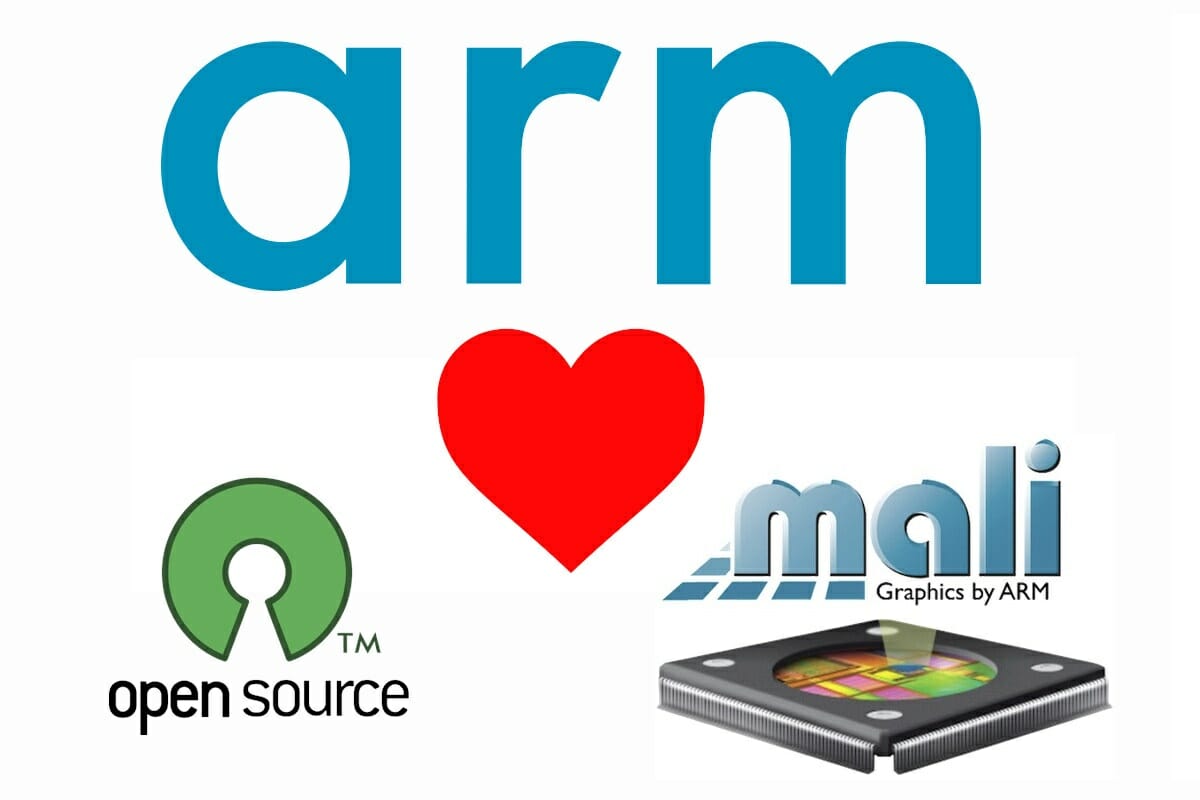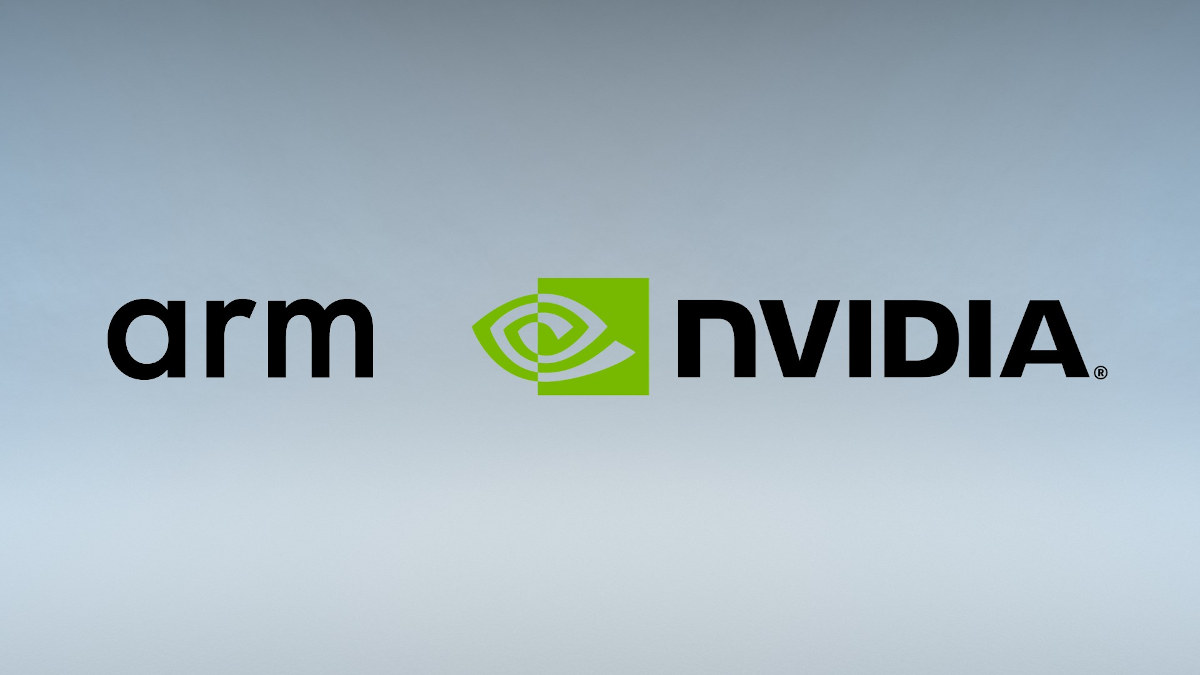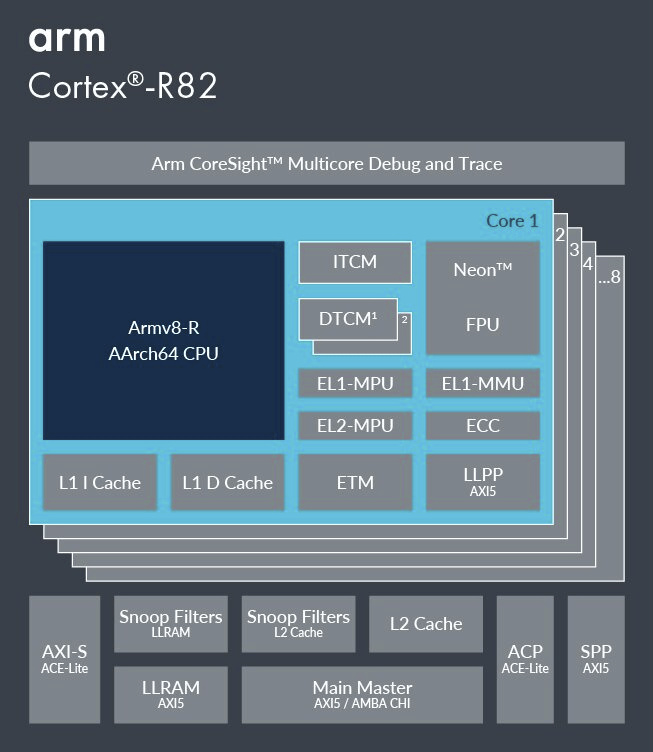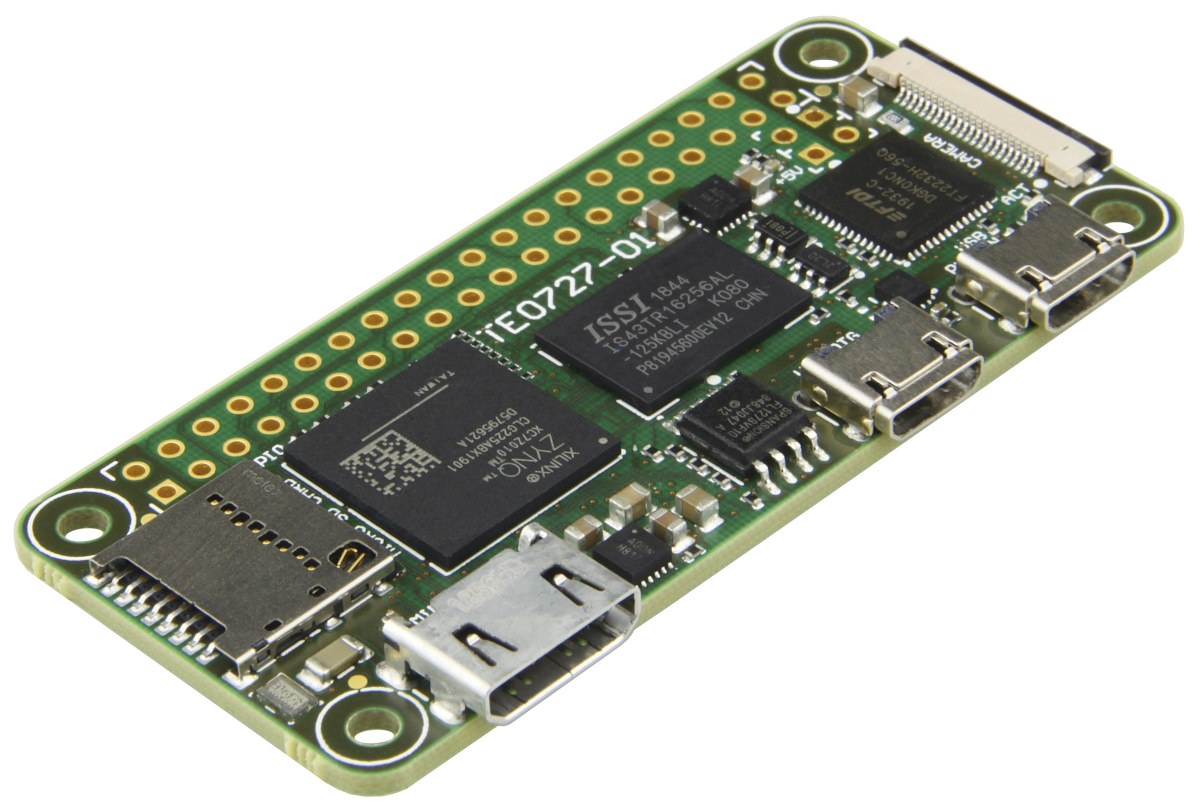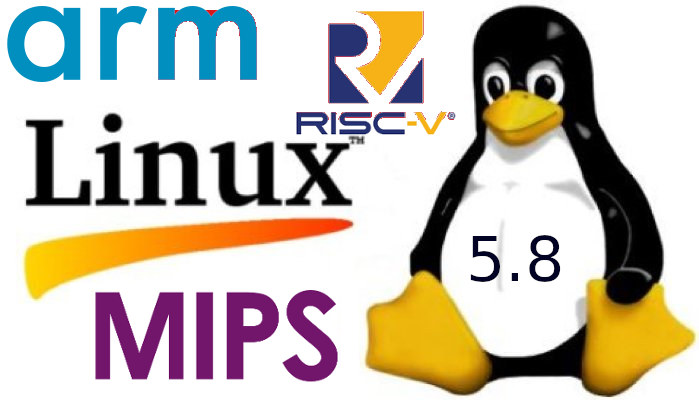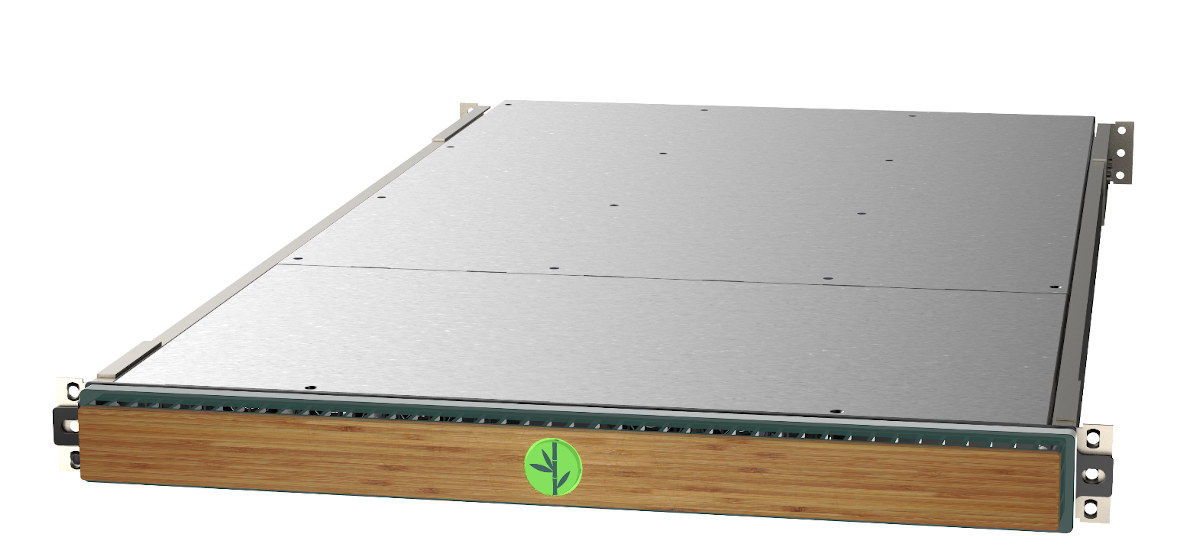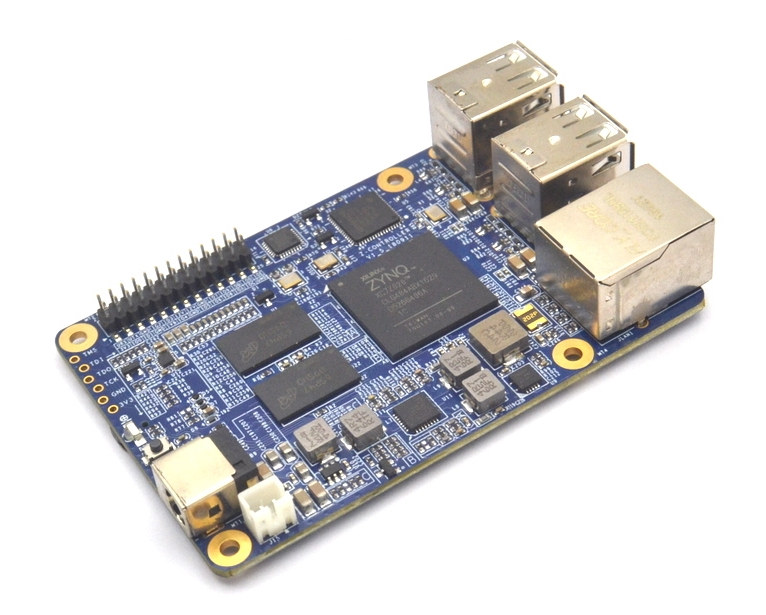Most GPU drivers found in Arm processors are known to be closed-source making it difficult and time-consuming to fix some of the bugs since everybody needs to rely on the silicon vendor to fix those for them, and they may even decide a particular bug is not important to them, so you’d be out of luck. So the developer community has long tried to reverse-engineer GPU drivers with projects like Freedreno (Qualcomm Adreno), Etnaviv (Vivante), as well as Lima and Panfrost for Arm Mali GPUs. Several years ago, Arm management was not interested at all collaborating with open-source GPU driver development for Mali GPUs, but as noted by Phoronix, Alyssa Rosenzweig, a graphics software engineer employed by Collabora, explained Panfrost development was now done in partnership with Arm during a talk at the annual X.Org Developers’ Conference (XDC 2020). A recent merge commit confirms the move with Daniel Stone, Graphics […]
NVIDIA to Acquire Arm for $40 Billion from Softbank
A few weeks ago, I read rumors about NVIDIA acquiring Arm, and I thought it was probably just a joke because of the obvious conflicts of interests since NVIDIA would be providing IP to competitors, who may then be wary of starting designs based on Arm NVIDIA cores and GPUs. But guess what? That’s now official with NVIDIA writing on their blog they had a definitive agreement under which NVIDIA will acquire Arm Limited from SoftBank Group Corp. (SBG) and the SoftBank Vision Fund (together, “SoftBank”) in a transaction valued at $40 billion. I seldom write about business news, but it looks like in this case there may be repercussions. Let’s see details about the transaction: Under the terms of the transaction, which has been approved by the boards of directors of NVIDIA, SBG and Arm, NVIDIA will pay to SoftBank a total of $21.5 billion in NVIDIA common stock […]
Arrow Chameleon96 Arm + Cyclone V FPGA Board Sold for $32 (Promo)
First introduced in 2017, Arrow Chameleon96 96Boards SBC comes with an Intel / Altera Cyclone V SE SoC featuring a dual-core Arm Cortex A9 processor clocked at up to 800 MHz and FPGA fabric with 110K Logic Elements. It used to sell for $129, but Arrow & appears to have a promotion now where the Novtech board sells for just $31.34 with free shipping[Update: all available boards are gone, and the product is now out of stock]. It looks like a good opportunity for people interested in playing around with an Arm Linux FPGA platform. Here’s a reminder of Chameleon96 board specifications which the company shamelessly copied from CNX Software: SoC – Intel PSG / Altera Cyclone V SE 5CSEBA6U19I7N with a dual-core ARM Cortex A9 processor @ up to 800 MHz and FPGA fabric with 110K Logic Elements Chips, Ports, and Features connected to FPGA: Integrated USB-Blaster II JTAG […]
Arm Cortex-R82 is a Linux Capable, 64-bit Real-time Processor for Computational Storage Applications
Arm hast just unveiled Cortex-R82 64-bit real-time processor that is Linux-capable and designed for “next-generation enterprise and computational storage solutions”. What’s computation storage? To clearly understand what we’re dealing, let’s first find out what computational storage is via SNIA website: Computational Storage is defined as architectures that provide Computational Storage Services coupled to storage, offloading host processing, or reducing data movement. A Computational Storage Service (CSS) is a data service or information service that performs computation on data where the service and data are associated with a storage device. So If I understand correctly, so far all we asked from SSD’s, hard drives, and other storage, was to move and store data as fast as possible to a host device capable any analyzing the data. But computational storage brings this to the storage device itself, so we may soon have Smart Hard Drives that run Linux and do some of […]
ZynqBerryZero Brings Xilinx Zynq-7010 FPGA SoC to Raspberry Pi Zero Form Factor
Trenz Electronic introduced ZynqBerry in 2017 as a Xilinx Zynq FPGA board following Raspberry Pi 2/3 Model B form factor, and the company has now just launched another Raspberry Pi inspired FPGA board with ZynqBerryZero following Raspberry Pi Zero form factor. ZynqberryZero is equipped with a Xilinx Zynq-7000 series FPGA & Arm Cortex-A9 SoC combined with 512 MB RAM and 16MB flash, and offers all Raspberry Pi Zero ports namely a 40-pin GPIO header, two micro USB ports, a mini HDMI connector, a CSI connector, and micro SD card slot. ZynqBerryZero specifications: SoC – Xilinx Zynq XC7Z010-1CLG225C with dual-core Cortex-A9 clocked up to 667 MHz, FPGA fabric with 28K logic cells, 2.1Mbit block RAM, and 80x DSP slices System Memory – 512 MB DDR3L SDRAM Storage – 16 MB Flash memory, MicroSD card slot Video Output – Mini HDMI connector, type C Camera – CSI-2 connector USB – 1x Micro […]
Linux 5.8 Release – Main Changes, Arm, MIPS, and RISC-V Architectures
Linus Torvalds has just released Linux 5.8: So I considered making an rc8 all the way to the last minute, but decided it’s not just worth waiting another week when there aren’t any big looming worries around. Because despite the merge window having been very large, there really hasn’t been anything scary going on in the release candidates. Yeah, we had some annoying noise with header file dependencies this week, but that’s not a new annoyance, and it’s also not the kind of subtle bug that keeps me up at night worrying about it. It did reinforce how nice it would be if we had some kind of tooling support to break nasty header file dependencies automatically, but if wishes were horses.. Maybe some day we’ll have some kind of SAT-solver for symbol dependencies that can handle all our different architectures and configurations, but right now it’s just a manual […]
Bamboo Systems B1000N 1U Server Features up to 128 64-bit Arm Cores, 512GB RAM
SolidRun CEx7-LX2160A COM Express module with NXP LX2160A 16-core Arm Cortex A72 processor has been found in the company’s Janux GS31 Edge AI server in combination with several Gyrfalcon AI accelerators. But now another company – Bamboo Systems – has now launched its own servers based on up to eight CEx7-LX2160A module providing 128 Arm Cortex-A72 cores, support for up to 512GB DDR4 ECC, up to 64TB NVMe SSD storage, and delivering a maximum of 160Gb/s network bandwidth in a single rack unit. Bamboo Systems B1000N Server specifications: B1004N – 1 Blade System B1008N – 2 Blade System N series Blade with 4x compute nodes each (i.e. 4x CEx7 LX2160A COM Express modules) Compute Node – NXP 2160A 16-core Cortex-A72 processor for a total of 64 cores per blade. Memory – Up to 64GB ECC DDR4 per compute node or 256GB per blade. Storage – 1x 2.5” NVMe SSD PCIe […]
Sipeed TANG Hex is a Low-Cost Xilinx Zynq-7020 Arm FPGA Board
Last year, Sipeed launched a $5 FPGA board called Sipeed Tang and based on an entry-level Gowin GW1N-1-LV FPGA. But I had not noticed the company had also worked on a more powerful, yet still low-cost Xilinx Zynq-7020 board in a business card form factor not too dissimilar from the Raspberry Pi model B form factor. Meet Sipeed TANG Hex. So far a low-cost Zynq-7010 or Zynq-7020 board met you had to spend $99 to $199 with products such as MyIR Z-Turn and Digilent PYNQ-Z1. But Sipeed Tang HEX can be purchased for as little as $73 shipping on Aliexpress, or 439 RMB ($62) on Taobao for people based in mainland China. It might be tempting to get a low-cost board to get started, but is it worth it? Read on to find out. Sipeed TANG Hex specifications: SoC – Xilinx Zynq-7020 (XC7Z020-1CLG484) dual-core Arm Cortex-A9 processor and FPGA with […]


